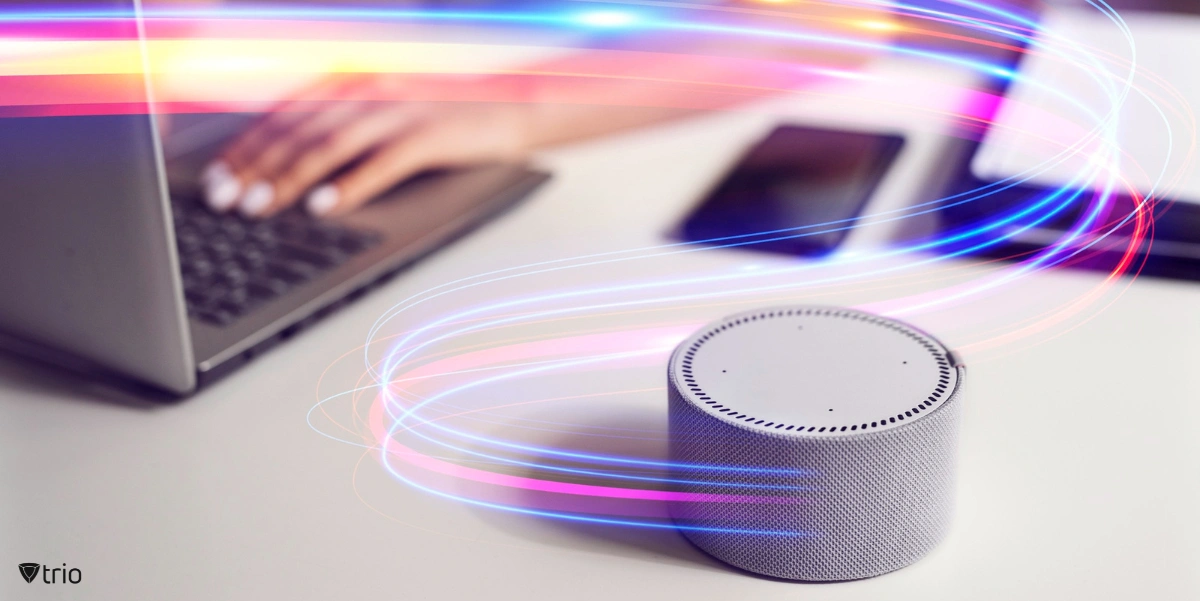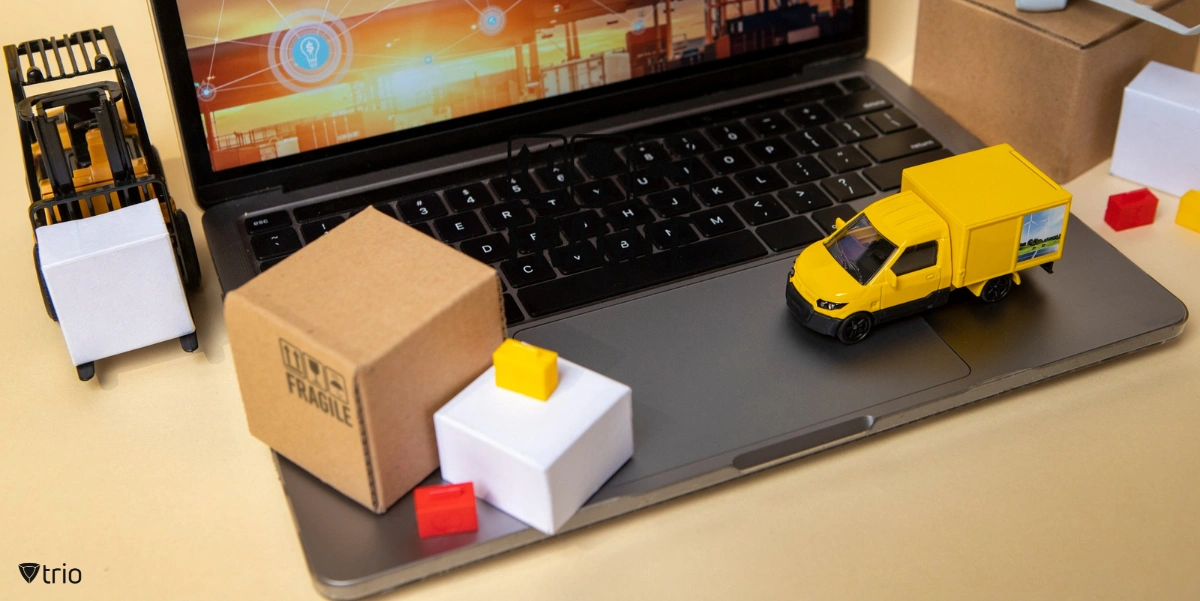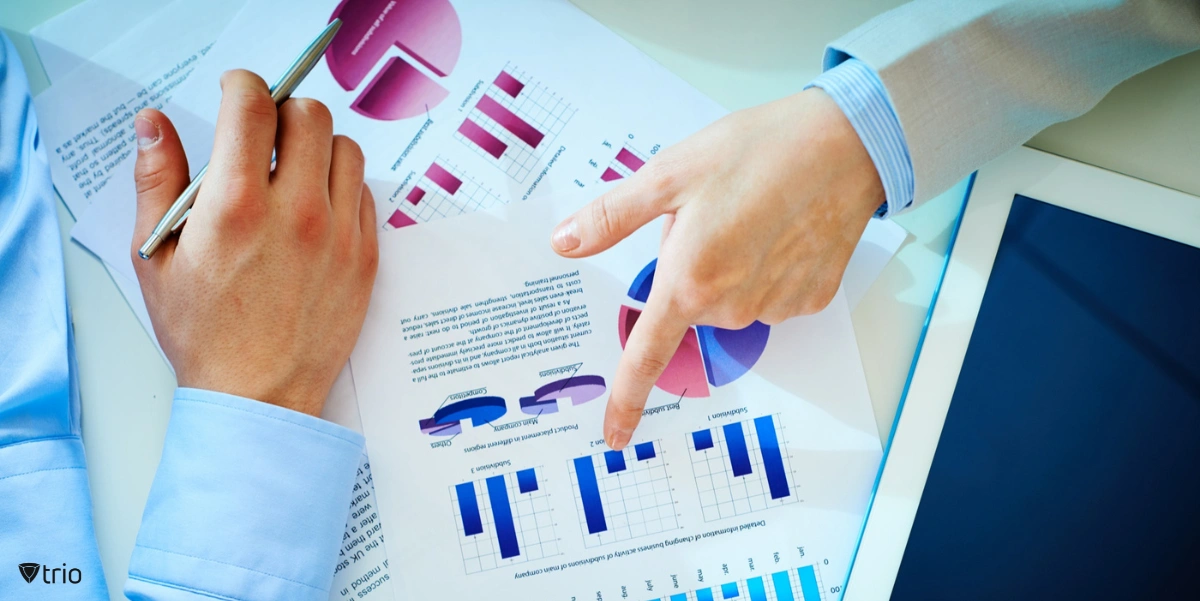From the adoption of Artificial Intelligence (AI) and Internet of Things (IoT) devices to the utilization of data analytics and e-commerce platforms, cutting-edge technologies in the retail industry are enhancing efficiency and personalize experiences. In this blog post, we explore the key technologies and innovation in the retail industry, providing insights into their applications, benefits, and impact on both businesses and consumers.
Key Technologies and the Retail Industry Today
The retail industry has seen significant technological advancements in recent years, revolutionizing the way businesses operate and interact with customers. Here are some key retail technology solutions used in the retail sector, though not all retailers necessarily use all of these technologies:
-
Point of Sale (POS) Systems
POS systems are the backbone of retail operations. They handle transactions, inventory management, sales reporting, and sometimes customer relationship management (CRM). Modern POS systems are often cloud-based, allowing for real-time data analysis and remote management.
-
Inventory Management Systems
These systems help retailers track stock levels, manage reordering, and optimize inventory turnover. They may include features like barcode scanning, RFID tagging, and automatic replenishment.
-
E-commerce Platforms
With the rise of online shopping, e-commerce platforms have become essential for retailers. These platforms enable businesses to sell products online, manage digital storefronts, and process online transactions securely. Popular e-commerce platforms include Shopify, WooCommerce, Magento, and BigCommerce.
-
Customer Relationship Management (CRM) Software
CRM software helps retailers manage customer interactions, track purchase history, and personalize marketing efforts. It allows businesses to analyze customer data to identify trends, segment customers, and tailor promotions that tie into their customer engagement strategy.
-
Data Analytics
Data analytics tools are used to gather insights from various sources, including POS systems, e-commerce platforms, and CRM software. These insights help retailers understand customer behavior, optimize pricing strategies, forecast demand, and make informed business decisions.
-
Supply Chain Management (SCM) Systems
SCM systems help retailers manage the flow of goods from suppliers to customers. They optimize logistics, reduce lead times, minimize costs, and ensure product availability. Advanced SCM systems may incorporate technologies like IoT sensors for real-time tracking of shipments.
-
Mobile Apps
Many retailers have developed mobile apps to enhance the shopping experience for customers. These apps may offer features like mobile ordering, personalized recommendations, in-app payments, and loyalty programs. Mobile apps are also an important part of omnichannel retail strategies.
-
Digital Signage and Interactive Displays
Digital signage and interactive displays are used in-store to attract customers' attention, promote products, and provide information. They can be dynamically updated and tailored to specific audiences.
-
Augmented Reality (AR) and Virtual Reality (VR)
AR and VR technologies are being increasingly used in retail for virtual try-ons, interactive product demonstrations, and immersive shopping experiences. These technologies can help bridge the gap between online and offline shopping channels.
-
Artificial Intelligence (AI) and Machine Learning (ML)
AI and ML are used in various retail applications, including demand forecasting, personalized recommendations, fraud detection, and chatbots for customer service. These technologies enable retailers to automate tasks, improve efficiency, and deliver more personalized experiences to customers.
-
Contactless Payments
With the growing emphasis on hygiene and convenience, contactless payment methods like NFC (Near Field Communication) and mobile wallets have become increasingly popular in retail environments.
-
Internet of Things (IoT)
IoT devices such as smart shelves, beacons, and RFID tags are used to gather real-time data on product movement, monitor store conditions, and enhance the overall shopping experience.

How Does AI Affect Retail Innovation?
According to Coresight Research and Obsess in 2023, 71% of US retailers are invensting in AI-enabled content. AI has had a profound impact on the smart retail industry, transforming various aspects of operations, customer experience, and decision-making processes. Here's how AI affects modern retail technology:
-
Personalized Shopping Experience
AI algorithms analyze vast amounts of customer data to provide personalized product recommendations and promotions. This enhances the shopping experience by offering relevant suggestions based on past purchases, browsing history, and preferences, leading to increased customer satisfaction and loyalty.
-
Inventory Management and Demand Forecasting
AI-powered systems optimize inventory levels by analyzing historical sales data, market trends, and external factors (e.g., weather, holidays). This enables retailers to accurately forecast demand, minimize stockouts, reduce overstocking, and ultimately improve operational efficiency and profitability.
-
Dynamic Pricing
AI algorithms dynamically adjust prices in real-time based on factors such as demand, competitor pricing, and customer behavior. This dynamic pricing strategy allows retailers to maximize revenue by optimizing prices to match market conditions and consumer willingness to pay.
-
Supply Chain Optimization
AI technologies optimize supply chain operations by predicting supplier lead times, optimizing logistics routes, and identifying opportunities for cost reduction and process improvement. This results in streamlined operations, faster delivery times, and reduced overhead costs. In other words, retailer operational efficiency.

-
Fraud Detection and Security
AI-powered fraud detection systems analyze transaction data to identify suspicious patterns and detect fraudulent activities such as payment fraud and identity theft. By quickly flagging potential threats, retailers can mitigate risks and protect both customers and the business from financial losses.
-
Customer Service and Chatbots
AI-driven chatbots and virtual assistants provide instant support to customers, answering queries, assisting with product selection, and resolving issues in real-time. These virtual assistants operate 24/7, improving customer service efficiency and accessibility while reducing the workload on human agents.
-
Visual Search and Image Recognition
AI algorithms enable visual search capabilities that allow customers to search for products using images rather than text. Image recognition technology analyzes visual content to identify similar products, making it easier for customers to find items that match their preferences.
-
Predictive Analytics
AI-powered predictive analytics tools analyze data from various sources to forecast future trends, customer behavior, and market dynamics. By leveraging these insights, retailers can make data-driven decisions related to marketing campaigns, inventory management, and product assortment planning.
-
Enhanced Marketing and Advertising
AI algorithms optimize marketing campaigns by targeting the right audience segments with personalized messages across various channels. AI-powered tools analyze customer data to identify high-value segments, predict purchase intent, and optimize ad spending for maximum ROI.
Conclusion
In conclusion, the retail industry is undergoing a technological revolution, with innovations like AI, IoT, and data analytics reshaping every aspect of operations and customer experience. From optimizing inventory management and supply chain logistics to enhancing personalized shopping experiences and improving fraud detection, these technologies are enabling retailers to stay competitive in an increasingly digital landscape. As consumer expectations continue to evolve, the successful integration of these key technologies will be crucial for retailers looking to thrive in the dynamic and ever-changing retail environment.
Get Ahead of the Curve
Every organization today needs a solution to automate time-consuming tasks and strengthen security.
Without the right tools, manual processes drain resources and leave gaps in protection. Trio MDM is designed to solve this problem, automating key tasks, boosting security, and ensuring compliance with ease.
Don't let inefficiencies hold you back. Learn how Trio MDM can revolutionize your IT operations or request a free trial today!





